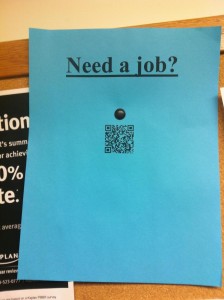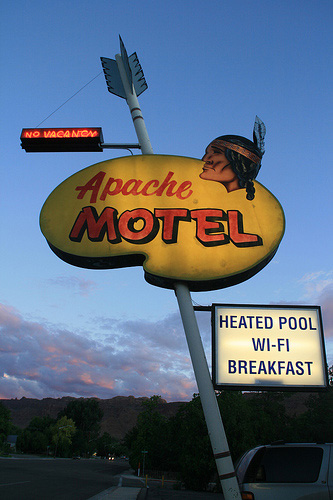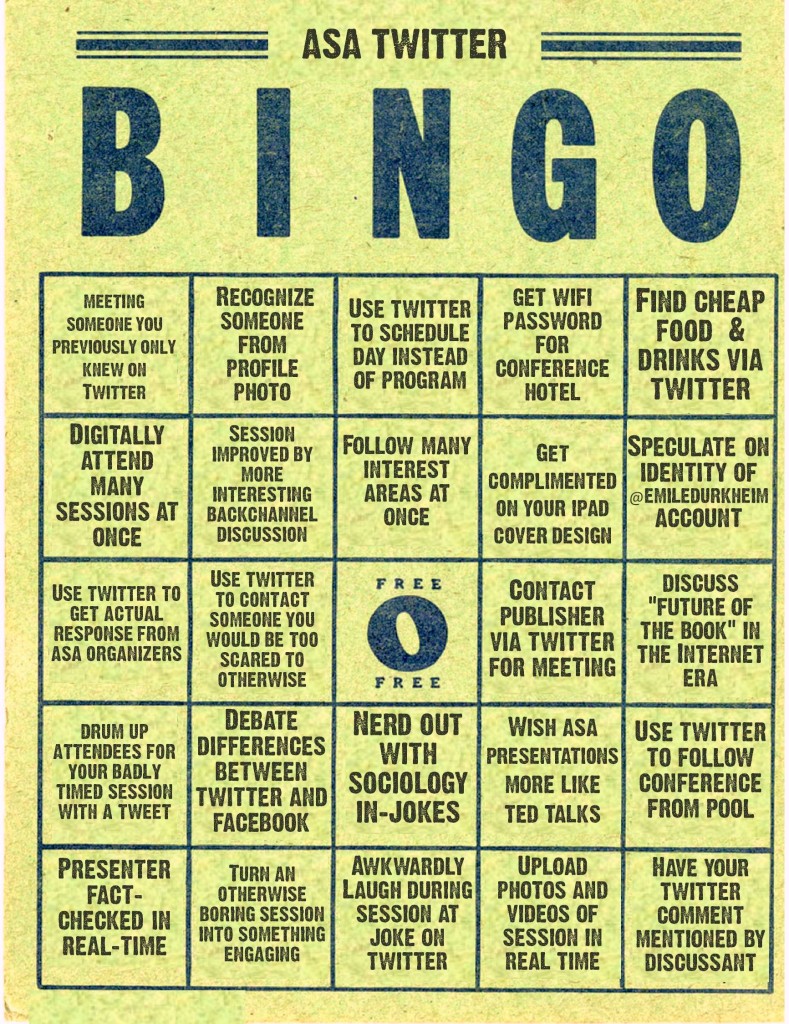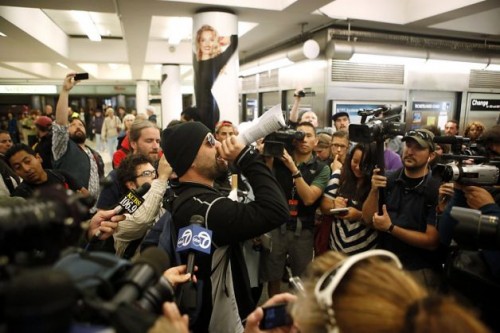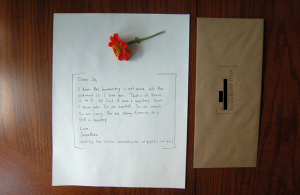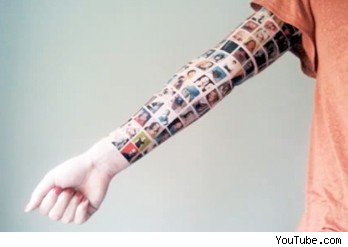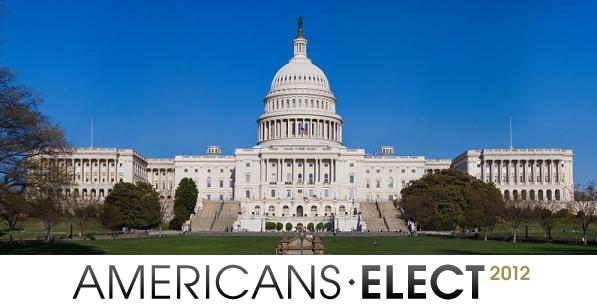This brief essay attempts to link two conceptualizations of the important relationship of the on and offline. I will connect (1) my argument that we should abandon the digital dualist assumption that the on and offline are separate in favor of the view that they enmesh into an augmented reality and (2) the problematic view that the Internet transcends social structures to produce something “objective” (or “flat” to use Thomas Friedman’s term).
Instead, recognizing that code has always been embedded in social structures allows persistent inequalities enacted in the name of computational objectivity to be identified (e.g., the hidden hierarchies of Wikipedia, the hidden profit-motive behind open-source, the hidden gendered standpoint of computer code, and so on). I will argue that the fallacy of web objectivity is driven fundamentally by digital dualism, providing further evidence that this dualism is at once conceptually false, and, most importantly, morally problematic. Simply, this specific form of digital dualism perpetuates structural inequalities by masking their very existence. more...



